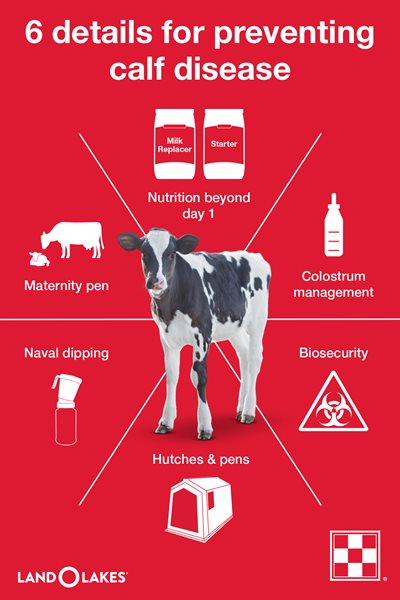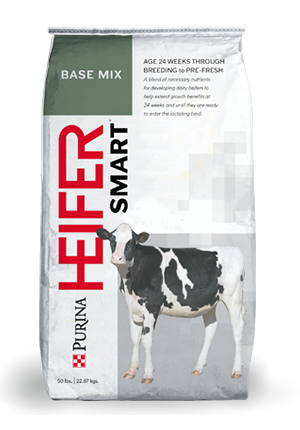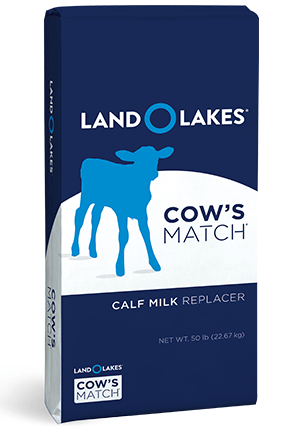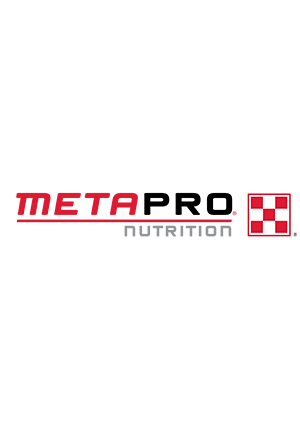
Dairy Calf Diseases and Prevention: The Devil’s in the Details
Calf : Health

The devil is in the details, and that’s particularly true when it comes to dairy calf diseases and prevention. In most cases, it’s the little things that often get overlooked and can lead to sick calves.
Here are six details to pay close attention to when trying to prevent calf diseases:
How often are maternity pens cleaned? What bedding materials are you using? How soon after birth are calves transported? How often is transport equipment sanitized?
Keep maternity pens and transportation equipment cleaned and sanitized, so calves remain healthy as they transition to individual housing.2. Navel dipping
The navel cord is a highway into the calf’s bloodstream. Navel dipping is critical to prevent disease and give calves a healthy start.
Use a solution of at least 7 percent tincture of iodine to dip navels. Immerse the full length of the navel cord into the solution right up to the calf’s belly.
Dipping navels with a dirty disinfectant and equipment can do more harm than good since organic matter can overcome the disinfectant properties of the solution. Sanitize navel dipping equipment with Nolvasan®, including the dipper and scissors (if used for clipping navel), and replace iodine solution regularly.
Keep colostrum equipment cleanliness top of mind. Esophageal feeders, bottles and nipples can serve as direct pathways for undesirable bacteria to enter the calf. Ensure equipment is adequately sanitized, dried, free of scratches and cracks and isn’t greasy to the touch.
After colostrum feeding, feed calves a full potential milk replacer diet of at least 2.5 pounds of dry matter per calf per day through 7-8 weeks old. Consider feeding 3 times per day for optimal performance.
At day 2, start providing a quality calf starter feed. Feed free-choice through 12 weeks old. Don’t offer hay or forage during this time.
Sanitize between each set of calves, including all walls of the calf housing unit and the ground underneath it. If you have a sick calf or group of sick calves, this step becomes even more critical.
Anyone working directly with calves should use latex gloves. Gloves can help limit the transfer of harmful pathogens that cause calf diseases. If you treat a sick calf, change gloves before moving onto the next calf.
Shoes and clothes should also be cleaned and disinfected before and after entering a calf facility. Walking into a calf facility with dirty clothes and shoes can put calves at risk for disease spread.
Paying attention to the details can pay off big when it comes to preventing calf diseases and raising healthy calves.
1Lochmiller, R. L. and Deerenberg, C. 2000. Trade-offs in evolutionary immunology: just what is the cost of immunity? – Oikos 88: 87–98.
Here are six details to pay close attention to when trying to prevent calf diseases:
1. Maternity pen and calf transportation equipment
The maternity pen can be a pitfall when it comes to disease transmission in newborn calves. Because the calf enters the maternity environment immediately after birth, it’s an important detail to pay attention to if you want to prevent calf diseases.How often are maternity pens cleaned? What bedding materials are you using? How soon after birth are calves transported? How often is transport equipment sanitized?
Keep maternity pens and transportation equipment cleaned and sanitized, so calves remain healthy as they transition to individual housing.
2. Navel dipping
The navel cord is a highway into the calf’s bloodstream. Navel dipping is critical to prevent disease and give calves a healthy start.Use a solution of at least 7 percent tincture of iodine to dip navels. Immerse the full length of the navel cord into the solution right up to the calf’s belly.
Dipping navels with a dirty disinfectant and equipment can do more harm than good since organic matter can overcome the disinfectant properties of the solution. Sanitize navel dipping equipment with Nolvasan®, including the dipper and scissors (if used for clipping navel), and replace iodine solution regularly.
3. Calf colostrum quantity, quality and cleanliness
Healthy calves rely on colostrum to build immunity. Provide Holstein calves with 1 gallon of colostrum and Jersey calves with 3 quarts of colostrum within 1 hour after birth and again 8-12 hours later. Always test colostrum quality with a refractometer and utilize good sanitation practices when preparing and administering colostrum.Harvesting clean maternal colostrum can be difficult due to challenges with cow prep, collection techniques, inadequate facilities, employee training or improper sanitation and handling. If you don’t have the quality or quantity of colostrum needed, consider a colostrum replacer.Keep colostrum equipment cleanliness top of mind. Esophageal feeders, bottles and nipples can serve as direct pathways for undesirable bacteria to enter the calf. Ensure equipment is adequately sanitized, dried, free of scratches and cracks and isn’t greasy to the touch.
4. Nutrition beyond day 1
Quality colostrum is vital for healthy calves, but so is nutrition beyond day 1. Disease challenges and other stressors can increase calves’ energetic needs for maintenance by 150 to 200 percent.1 Calves fed low levels of nutrition may not have the energy to overcome disease challenges and continue growing.After colostrum feeding, feed calves a full potential milk replacer diet of at least 2.5 pounds of dry matter per calf per day through 7-8 weeks old. Consider feeding 3 times per day for optimal performance.
At day 2, start providing a quality calf starter feed. Feed free-choice through 12 weeks old. Don’t offer hay or forage during this time.
5. Hutches and pens
Poorly sanitized facilities can allow harmful bacteria to transfer to the next cycle of calves. So while sanitation can seem like a relentless job, it’s vital to prevent the spread of dairy calf diseases.Sanitize between each set of calves, including all walls of the calf housing unit and the ground underneath it. If you have a sick calf or group of sick calves, this step becomes even more critical.
6. Biosecurity
When it comes to calf diseases and prevention, don’t let biosecurity be an overlooked detail. Employees and visitors can be unsuspecting sources of calf diseases.Anyone working directly with calves should use latex gloves. Gloves can help limit the transfer of harmful pathogens that cause calf diseases. If you treat a sick calf, change gloves before moving onto the next calf.
Shoes and clothes should also be cleaned and disinfected before and after entering a calf facility. Walking into a calf facility with dirty clothes and shoes can put calves at risk for disease spread.
Paying attention to the details can pay off big when it comes to preventing calf diseases and raising healthy calves.
1Lochmiller, R. L. and Deerenberg, C. 2000. Trade-offs in evolutionary immunology: just what is the cost of immunity? – Oikos 88: 87–98.




